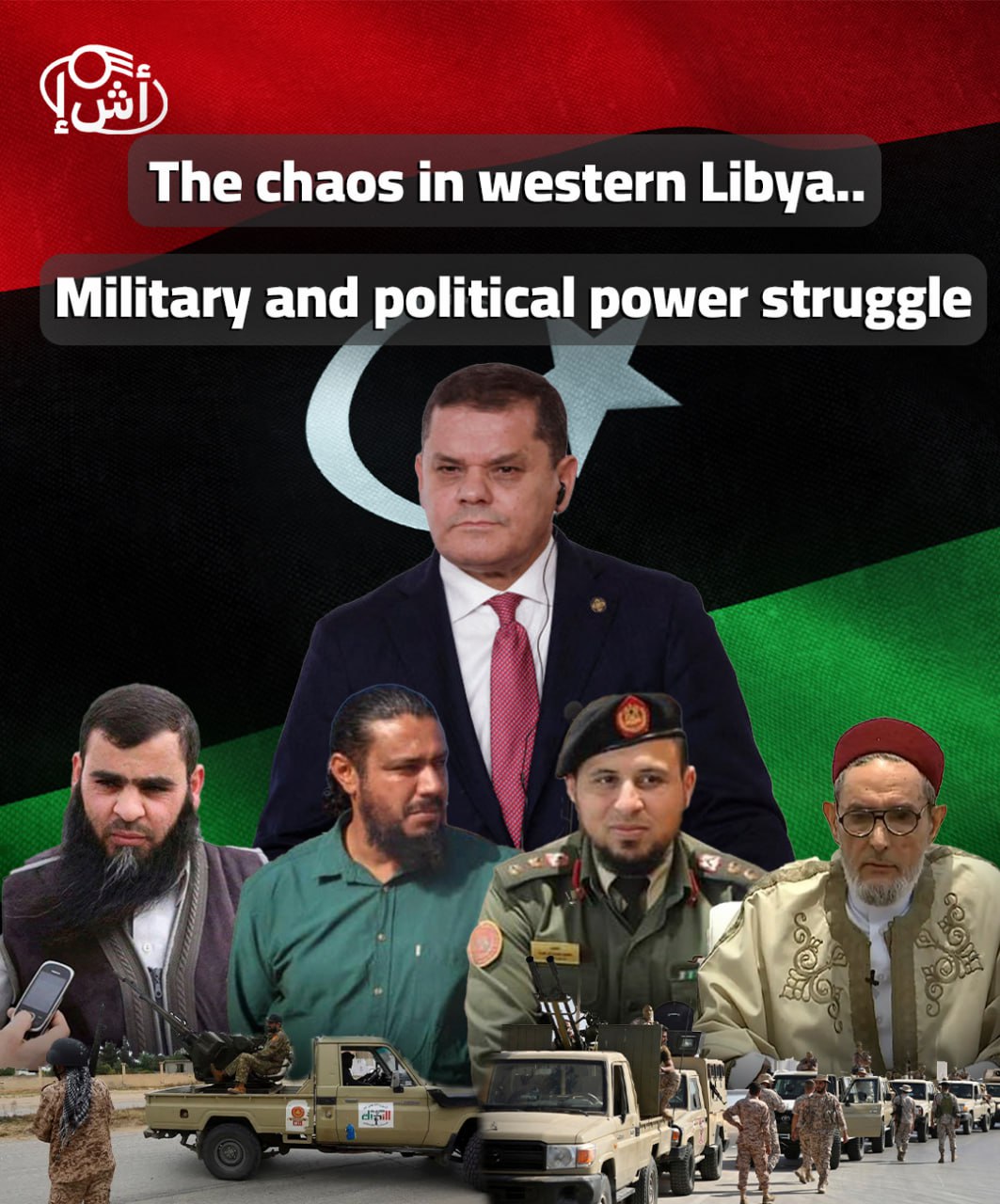Western Libya appears to be an open space for power struggles between political and military forces, as it has remained an arena for competition that reaches the point of military engagement, and a stark example of the loss of state sovereignty.
The capital, Tripoli, is at the heart of the ongoing violence, and despite the existence of a government and state institutions, the region suffers from instability as a result of the competition between the power centers that emerged during the years of conflict.
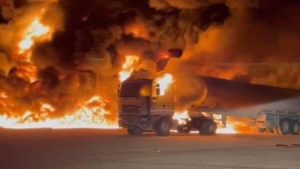
The recent clashes reflect the deep-rooted issues threatening the fragile peace in the region. The rise of armed factions in Libya, dating back to the period following the fall of Muammar Gaddafi in 2011, was initially a case of filling the security vacuum, but over time it turned into powerful militias with influence inside Tripoli and in western Libya in general.
The government in western Libya was unable to extend its control and preferred to recognize these militias and make them part of the law enforcement force by paying them financial dues. This led to conflicts that were not limited to the armed groups, but also reached the government, which became part of a political and military network that controls western Libya.
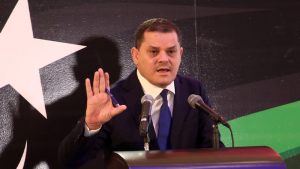
Military formations and the political network
The armed groups, whether in their goals or their movement, are not separate from the political formation in western Libya. The “444th Brigade” emerged as a group that broke away from the Deterrence Forces and was formed according to many reports with direct Turkish support. It is now one of the most powerful military entities in western Libya, operating under the leadership of Colonel Mahmoud Hamza and under the supervision of the General Staff of the Libyan Army, as it controls large parts of southern Tripoli, and its influence extends to the main cities in western Libya, such as Tarhuna and Bani Walid. The brigade also secures vast areas of the road linking Tripoli to the south of the country.
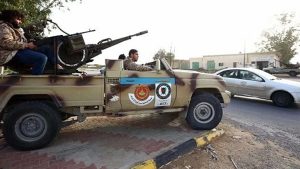
The Deterrence Force is another military entity in Tripoli, led by Salafist leader Abdel Raouf Kara. Originally established as a militia group, it has evolved into an official security apparatus with significant influence over central and eastern Tripoli. The Deterrence Force also controls key state institutions, including Mitiga Airport. Although it is officially under the Dbeibeh government, it controls several vital facilities in Tripoli, giving it the ability to raise funds from various economic activities, including imposing fees on private security companies. There are reports that it has received support from some countries or international organizations.
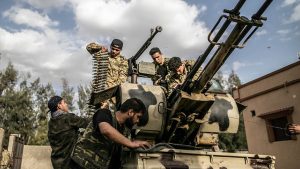
Recent Clashes
The clashes between the two factions in July 2024 show that the Tripoli government’s ability is not only limited towards these factions, but also carries with it an intertwining of interests that pushes the government to let the factions operate outside the framework of official decisions. The tensions between the factions in general, and not exclusively between Radaa and the 444th Brigade, are the result of disagreements over control of strategic areas in the capital.
This includes the clashes that recently erupted in the Tadjourah suburb east of the capital, Tripoli, which led to the death of nine people and the injury of 16 others on August 10, 2024, due to influence and the conflict over financial credits between the “Rahbat Al-Duru” militia led by Bashir Khalaf Allah, known as “Al-Baqara”, and the “Sabriya” militia supported by the deposed Mufti of Libya, Al-Sadiq Al-Ghariani.
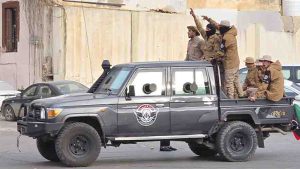
The current scene in Tripoli recalls the capital almost a year ago, when clashes erupted in August 2023, some of the worst violence in recent years. The conflict began after the Deterrence Forces, which control Tripoli’s Mitiga airport, arrested Mahmoud Hamza, the leader of the 444th Brigade. The incident sparked violent clashes between the two factions, highlighting the fragility of the alliances supporting the government in Tripoli. Despite a temporary ceasefire, the situation has remained tense, with both sides maintaining control of the ground.
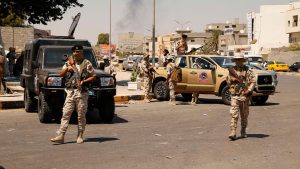
Political Implications
These clashes are not isolated incidents because they are linked to deeper political issues in Libya. The government, led by Abdul Hamid Dbeibeh, remains in power thanks to the influence of these armed groups, and the instability has helped him maneuver between competing factions, maintaining a fragile balance that has served his interest in remaining in power.
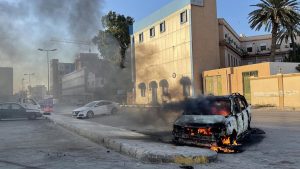
In the midst of the presence of militias and their network of relations with the government and the men of power in Tripoli, the attempts of the United Nations appear in another context. The basic paradox is that the issue of facilitating the dialogue sponsored by the United Nations is taking place between unbalanced parties, especially since any negotiator in the West cannot ignore the “forces of reality” represented by the influence of the armed factions. The Libyan political process is experiencing a deadlock that begins and ends in Tripoli as a result of the deep divisions between the different factions and the conflicting foreign interests that make it difficult to control the security situation because it is the best environment for achieving broader gains for some Western countries.
The chaos in western Libya is more than just an armed conflict; it reflects the broader struggle for Western influence that reinforces the division and allows the political and military network in the West to exploit this chaos to disrupt the political process.
Written By Nidal Al-Khedary
Libya: Illegal immigrants of different nationalities arrested in Al Quwarah
